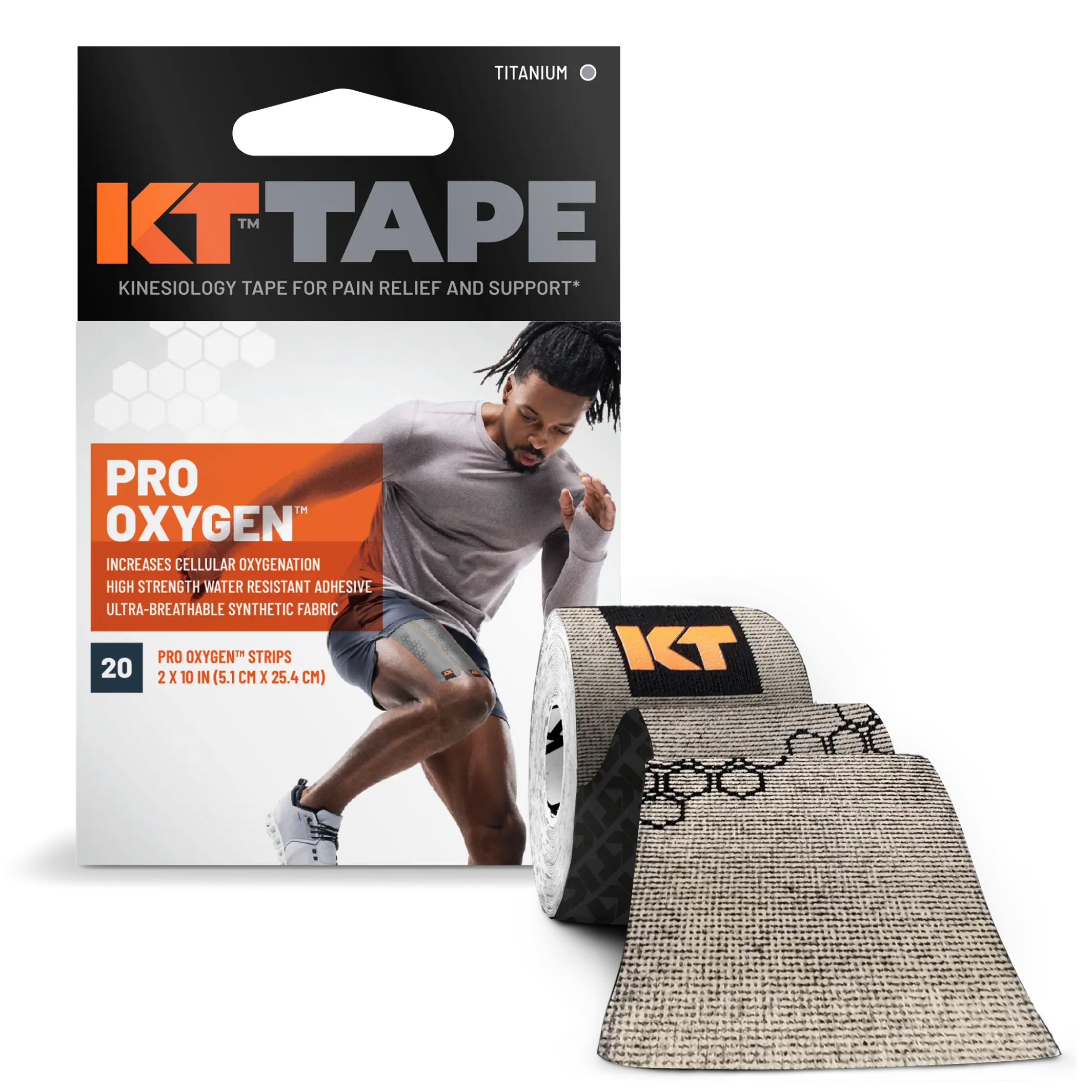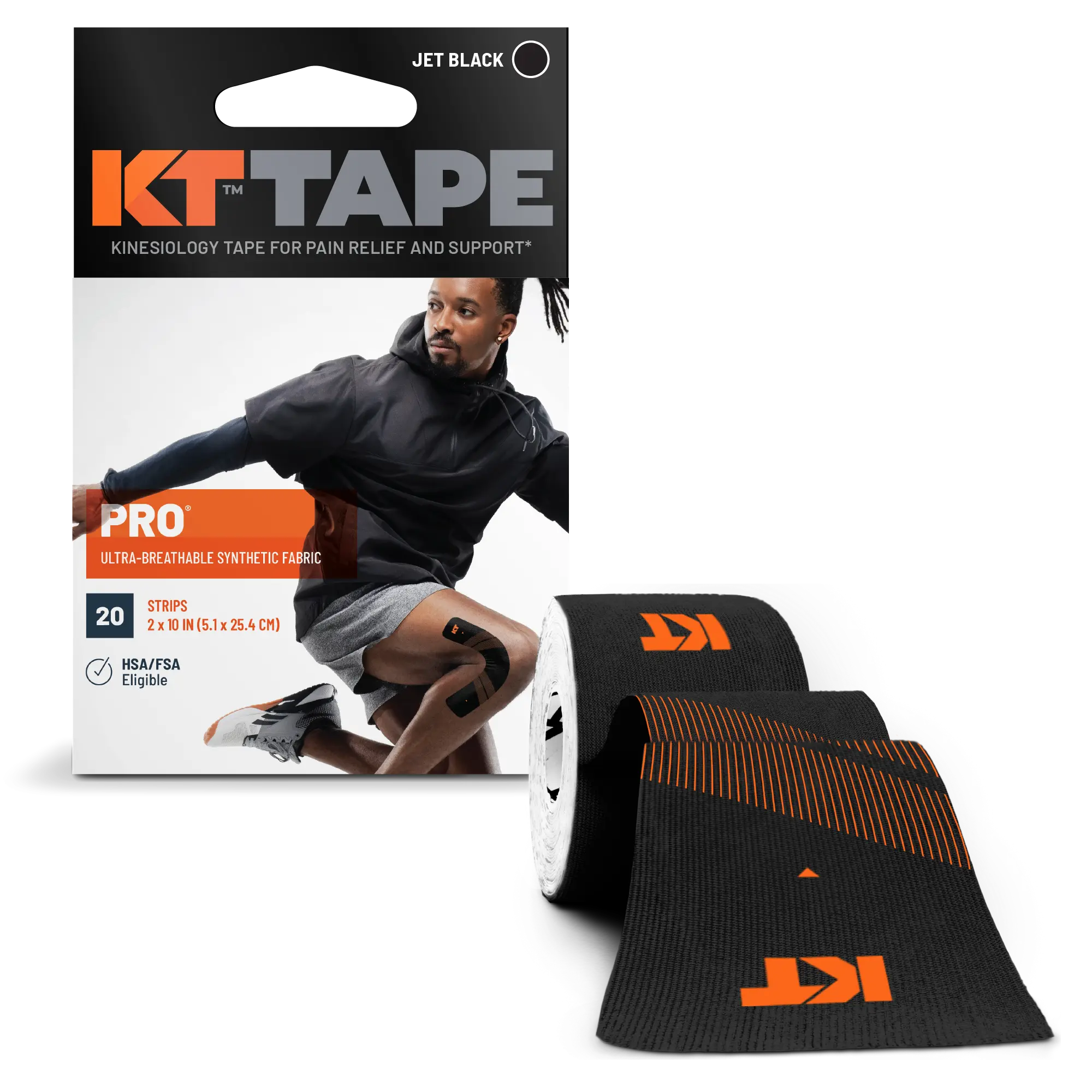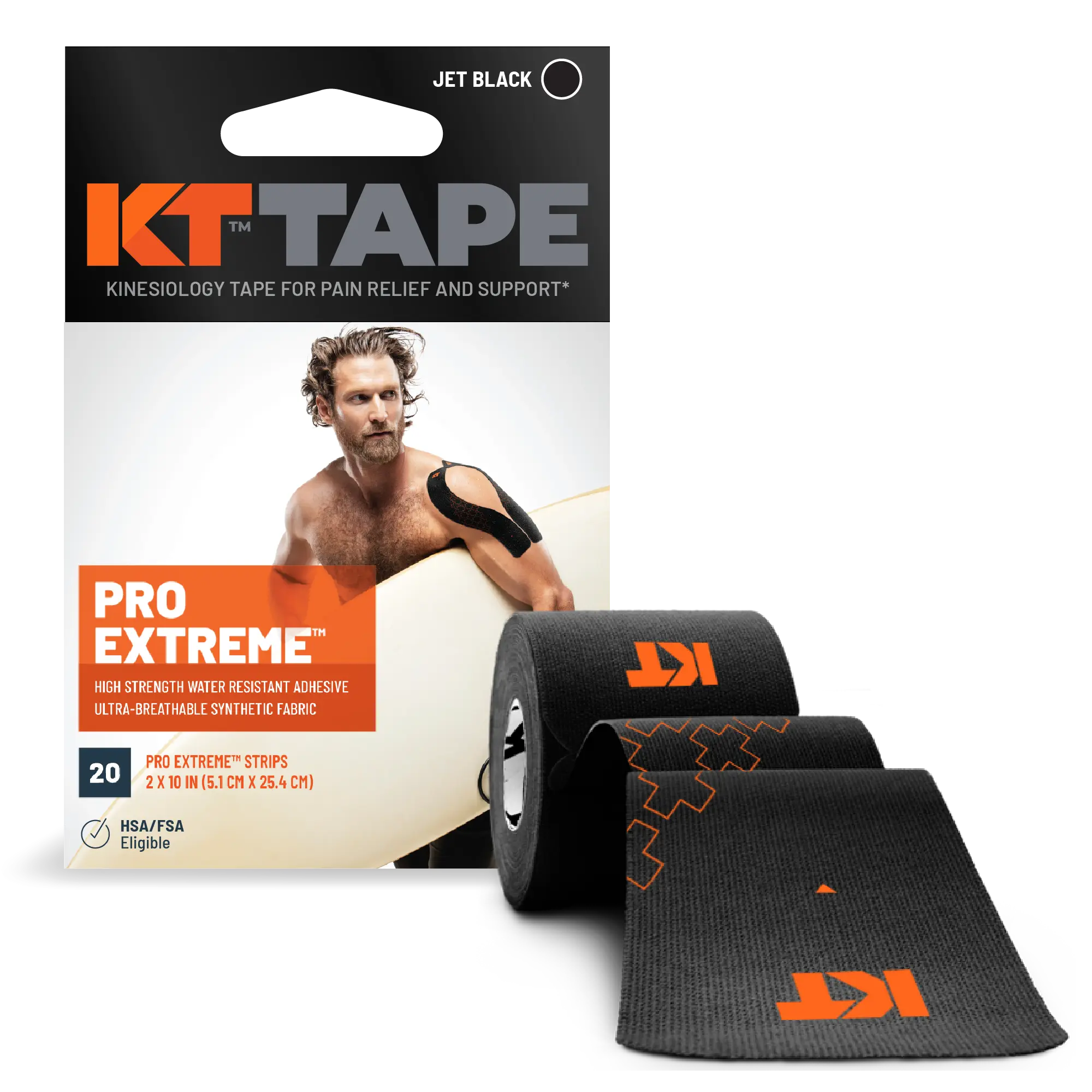- How to Apply KT Tape
- Feet
- Turf Toe
Turf Toe
Turf Toe, a sprain of the metatarsophalangeal joint, is a condition that results from acute or chronic hyperextension of the big toe. The condition affects both the joint and the connective tissue resulting in painful inflammation and bruising. Often times the ligaments and tendons are stretched, and in severe cases torn. Greater risk occurs when one wears flexible footwear meant to grab the running surface, such as soccer cleats, or if one has greater than normal range of motion in the ankle.
Athletes who perform on artificial and dense surfaces are especially at risk – most notably American football players and dancers. The mode of injury is often when a force presses downward on the calf while the foot and toe remain flat on the ground. The toe becomes hyperextended and the ligaments/joint become injured. There are many instances wherein the toe can become hyperextended such as kneeling abruptly or repeatedly, breaking into a sprint, or any instance in which one pushes off of the forefoot and the toe stays flat. Running barefoot can increase the chance of developing turf toe due to the lack of support to which one may be accustomed. The condition can happen all at once if the force is great enough, or can develop over time with repeated extension of the toe beyond it’s normal range of motion.
Pain is felt at the base of the big toe both on the bottom and more notably on the top. Pain can radiate into the bones of the foot and swelling may occur. Pain is recreated by extending the toe upwards or leaning forward onto the toe. The condition is generally severely painful during walking or running and can create stiffness. Long time sufferers of turf toe are thought to be more prone to arthritis of the joint later in life, making it all the more important to treat the condition effectively and completely prior to continued use.
KT Tape helps to treat turf toe by providing therapeutic stability and support while maintaining a healthy range of motion. It may take up to 4 weeks for the condition to completely subside, but with KT Tape and the following guidelines, you can help reduce the amount of time necessary to return to normal activity levels. If symptoms do not subside at all within 12 hours, consider an X-ray to check for fractures.
- Most importantly, rest the joint. Use of crutches may be necessary to totally relieve the pressure on the joint.
- Use footwear with a rigid sole. This will help prevent accidental hyperextension.
- Make certain to KT Tape the toe at all times when barefoot.
- Use anti-inflammatory medication during intense bouts of pain.
- Ice the injury immediately after injury and after any activity.
- Evaluate the mode of injury and take steps to prevent further irritation or injury.
- Improve running form through strength training, as well as gait analysis and correction.
- Achilles Tendonitis
- Plantar Fasciitis
- Peroneal Tendonitis
- Ball of Foot
- Top of Foot
- Heel Pain
- Ankle Stability
- Bunion
For additional resources, please visit the KT Tape Forum.









